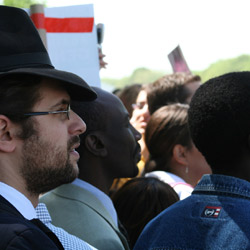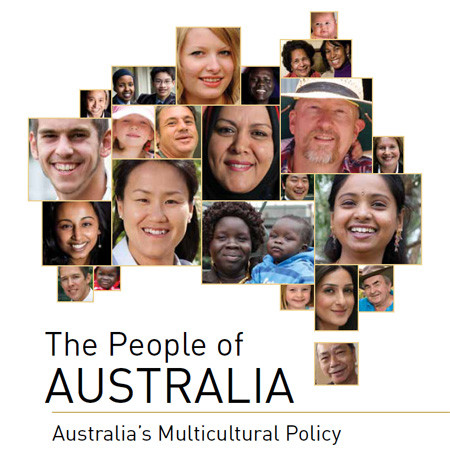Two months before the election of the new chairman of the French centre-right party UMP, its secretary-general and candidate for the chairmanship, Mr. Jean-François Copé, published a manifesto with the title ‘Manifesto for a Right unhibited’. Le Figaro, a leading French newspaper associated with the right, has published some abstracts. I have translated one of the abstracts because it deserves to be shared among a wider audience. It illustrates the point that the multicultural utopia is just that—an unrealistic, impossible dream promoted by elites that are completely out of touch with the lives of ordinary people.
Meaux as an example
If I have inherited a love for France and a desire to serve her, it is at Meaux [Copé is the mayor of Meaux and deputy for the department in which Meaux is located] where this love came about, developed in the complexity of life, because the France of which I have been talking about across these pages is not a France which is abstract, conceptual or romantic. It is also not the France of the beautiful neighbourhoods and the elite. (…) The ‘reality shock’ is also this mother who came to see me recently. She lives alone with her son in a flat in the Beauval district where she feels threatened after she stood up against agression. Her son was playing his portable video game in front of the building, when it was stolen from him by a youngster. The mother knew the youngster and the mother went to see the parents and the neighbours to claim back the object, which she had bought after months of saving money. She was told: “If you are not satisfied here, move away, Gaul…” Thereafter, this woman felt being watched, she feels like a stranger in the neighbourhood where she has lived for many years. An ‘anti-White racism’ is developing in the districts of our towns where individuals – some of them have French citizenship – have contempt for Frenchmen, which they call ‘Gauls’, under the pretext of not having the same religion, the same skin coloror the same origin as them.
I am hearing more and more residents of Meaux complaining and that particular racism is also unacceptable like all other forms or racism: we have to denounce it, like we condemn all other discriminations. I know that I am breaking a taboo by using the term ‘anti-White racism’ but I do it with a purpose, because it is the truth is in which some of our citizens live and the silence is just making the trauma worse. These phenomena are impossible to see from ‘Paris’, in the media and political circles where the overwhelming majority of the leading people are White Frenchmen born from French parents. In these microcosms, the lack of diversity limits the presence of people of color or foreign origin. But let’s face reality: the situation in completely inverse in a lot of neighbourhoods of our suburbs.”
I await with interest the longer version of Mr. Cope’s Manifesto, to be published on October 3.






